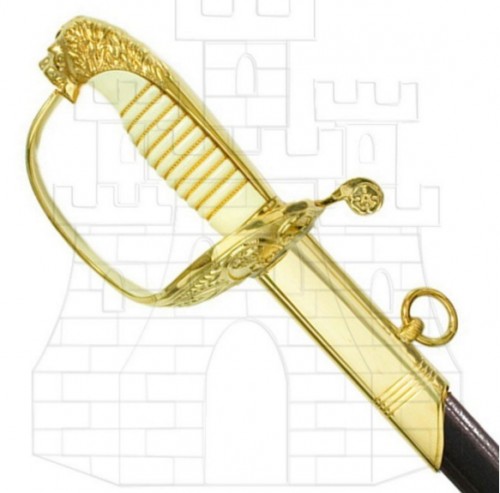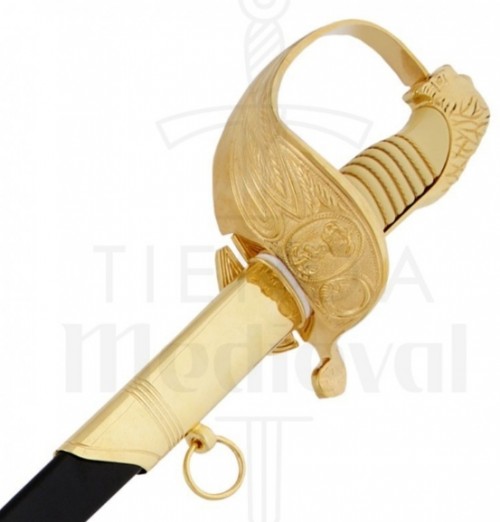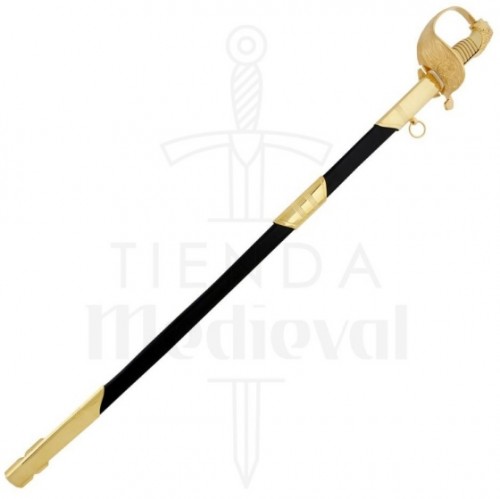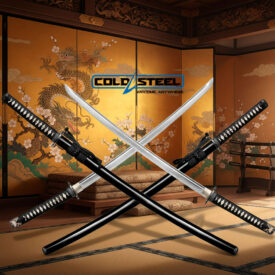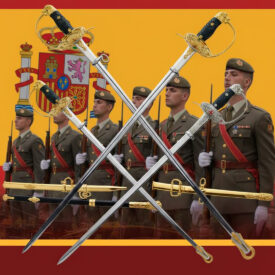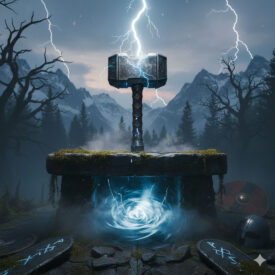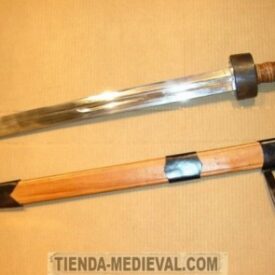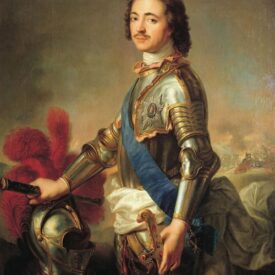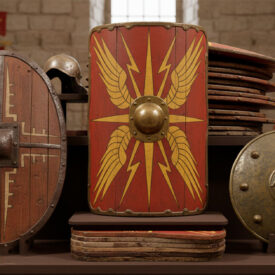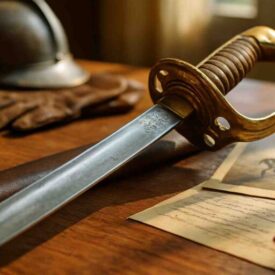The steel of the saber that sailed with the winds of the empire
What do the sabers that have accompanied the Spanish Armada throughout the centuries tell us? More than an instrument, the saber is a thread that connects tactics, ceremonies, and a naval identity forged at sea. In this article, you will explore its evolution, recognize its most relevant models, understand why it became an emblem, and learn to distinguish details that speak of era and function.
I will take you from the first gilded smallswords to the regulation sabers of the 19th century, passing through symbolic and technical changes that transformed a weapon into a sign of authority and tradition.
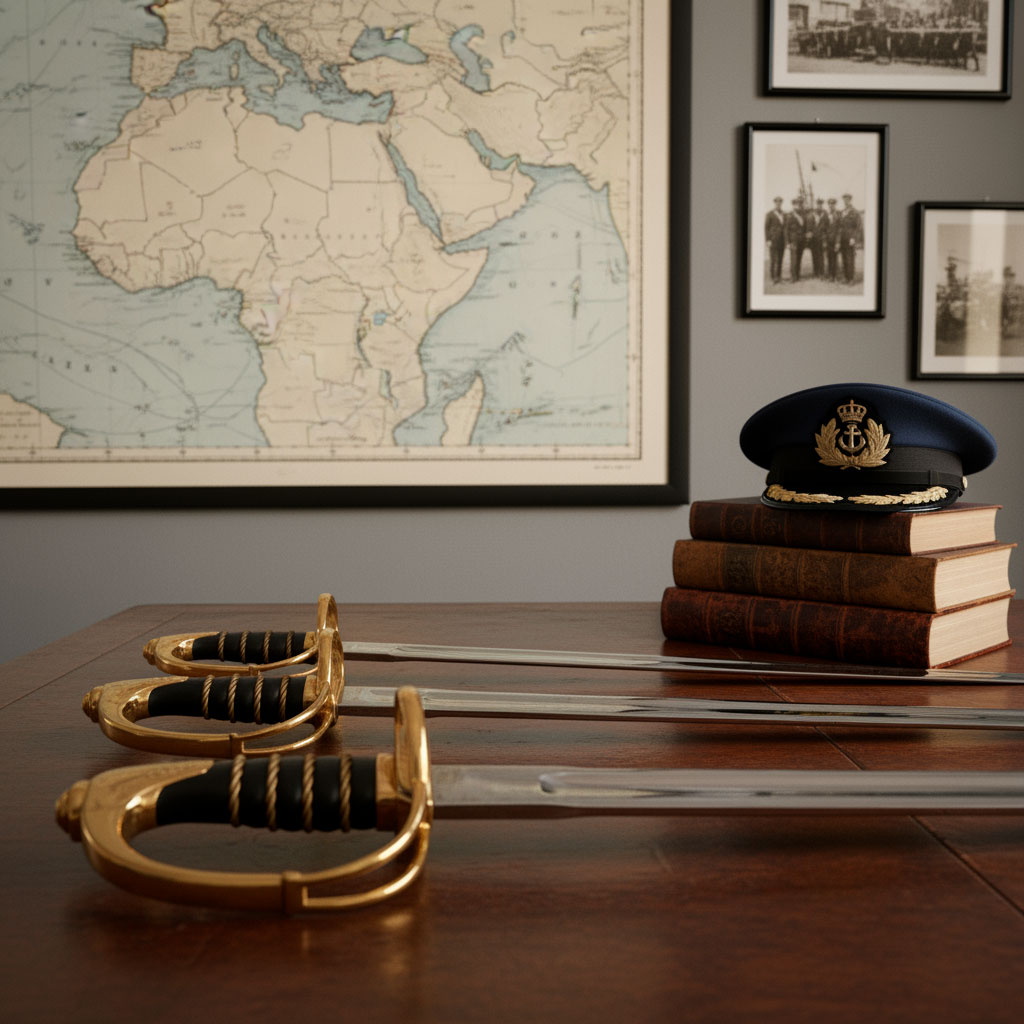
Chronology and highlights of sabers in the Spanish Armada
| Era | Event |
|---|---|
| 18th Century — Beginnings of Officer’s Swords | |
| First half and second half of the 18th Century | Officers did not have a single regulation model; hilts had to be made of gilded metal. Use of two main types of smallswords with gilded brass hilts, one common and one with a guard in the shape of a boat with sail and Royal Arms over crossed anchors. |
| 1793 | The “General Ordinances of the Naval Armada” prohibited swords or buckles that were not gilded, suggesting pre-established models although no documentation was found. |
| Late 18th Century — Early 19th Century — Need for the Saber and External Influences | |
| Late 18th Century — early 19th Century | Smallswords proved ineffective in boarding and landings; officers began to replace them with sabers despite the lack of official disposition. Influence of English and French models; popularization of the saber in Europe since 1705. |
| 1832 | Squadron Chief Ángel Laborde ordered the translation and publication of the English Infantry saber exercise instruction, recognizing its importance in combat. |
| Mid-19th Century — Standardization and Model 1857 | |
| 1827–1850 | The English model of 1827 became generalized; production in the Toledo Factory since 1850, identical to the English except for the royal crown over the anchor. |
| 1857 | Creation of the General Staff Corps of Artillery of the Armada and approval of a new “1857” saber with an openwork hilt decorated with two crossed anchors under a royal crown. The guard of the “Md. 1857” becomes a durable naval design. |
| 1871 | The Toledo Factory tariff officially publishes the “model 1857”. |
| Second half of the 19th Century — Sabers of other corps and evolution of models | |
| 1827–1859 | Possible introduction in Spain of the English Infantry Officer model of 1822; later known as “Saber of Marine Infantry Officer, Md. 1859” with Royal Arms on the hilt. |
| 1840s — 1890s | Evolution of boarding sabers: beginning with an English-type hilt, then a model with an asymmetrical hilt and curved blade (c.1840), and a third model similar to the English of 1845 with a symmetrical hilt (1890s). |
| 1881 | Brigadier Barrios declared that the Marine Officer’s saber was réglementary for several corps, excluding the Marine Infantry, which used the “Md. 1869” dress sword. |
| Early 20th Century and first decades — Regulations and use in campaigns | |
| October 11, 1901 | Royal Order establishing that the scabbard would have a single ring. |
| Moroccan Campaigns (early 20th Century) | The Moroccan campaigns were the last in Spain where the saber was used in combat. |
| 1914–1918 | The Great War was the last episode of saber use in combat in Europe. |
| 1931–post-war — Symbols and design: mural crown, Puerto-Seguro and imperialization | |
| 1931 | After the proclamation of the Republic, the royal crown on the saber’s guard was replaced by a mural crown. |
| 1936–1939 and 1940s–1950s | After the Civil War, the saber was manufactured as a “saber-sword” with the blade of the Puerto-Seguro model (straight blade) and the crown on the anchor became imperial; the Puerto-Seguro model became popular in the 1950s. |
| Rank distinctions and final pieces | |
| Boatswains and officers | Boatswains had a saber similar to that of officers, but with metal hilt and scabbard pieces in white nickel-plated metal to differentiate them. |
From gilded smallswords to the regulation saber: why the blade changed
The technical history of the saber is also the history of combat at sea. The 18th-century smallswords were replaced by sabers because the curve, false edge, and length gave an advantage in boarding actions and quick maneuvers. Naval combat demanded a weapon that could cut from unusual angles and follow the rhythm of the boarder, not just the ceremonial bearing of a straight sword.
Foreign influence was decisive: English and French models introduced forms and guards that the Armada soon adapted. The decision to adopt a single model arose from the need for uniformity and an aesthetic that would project authority both on deck and in formal acts.
Technical and symbolic characteristics
Blade and geometry
Blades transitioned between straight and curved depending on their function. The curved blade with a false edge was ideal for cutting and quick unsheathing; the straight blade appeared in hybrid versions called “saber-sword,” seeking greater versatility and an effective point. Blades are usually made of tempered steel, polished, and with engravings that identify the manufacturer, brand, or regulation.
Guard and emblems
The guard is the visual hallmark of the saber: openwork hilts, crossed anchor motifs, crowns, and royal or state motifs. These symbols changed with political shifts: royal crown, mural crown, and later the imperial crown, each marking a period.
Emblematic models and their uses
Throughout the 19th century, the so-called “Md. 1857” was imposed, a guard whose design endured as a naval standard. But the Armada was not monolithic: different corps adopted variants according to their function: artillery, engineers, and seamen had sabers with their own details. Ceremonial use consolidated ornamental details without sacrificing functional features inherited from combat.
Naval Officer’s Saber (Md. 1857)
Identity: openwork hilt with anchors and crown; curved blade in early models, straighter in later adaptations. Function: regulation weapon and distinctive of rank.
Boarding sabers and specialized models
Boarding sabers were more robust and designed for close-quarters combat. Their guards and blades responded to the need for maneuverability within the narrow confines of a deck; therefore, the ergonomics of the hilt and hand protection were priorities.
Manufacturing and Toledo tradition
Toledo has been synonymous with Spanish forging since time immemorial. The production of sabers for the Armada followed this tradition: specific steels, tempering processes, and gilded or nickel-plated finishes on the hilts. Craftsmanship combines technical precision with an aesthetic that must respect military regulations.
Historical manufacturers combined foreign patterns with national iconography: an openwork hilt with anchors, crowns, and finials that serve to identify era and function.
Contemporary models and replicas
Today there are faithful replicas and modern adaptations that seek to reproduce the appearance of the regulation saber or offer variants designed for exhibition or ceremony. These pieces respect the silhouette and historical symbols, but often employ modern alloys and processes to ensure durability and ease of maintenance.
When contemplating a replica, observe details such as the shape of the hilt, the decoration of the handle, and the finish: these features reveal whether the model follows the patterns of the Md. 1857, boarding, or a later era.
Comparative table: historical models and replicas
| Model | Era | Characteristics | Use |
|---|---|---|---|
| Gilded brass smallsword | 18th Century | Gilded hilt, short blade | Uniform and distinction |
| Boarding saber (asymmetrical hilt) | c.1840 | Curved blade, asymmetrical protective hilt | Combat on board |
| Md. 1857 | Mid-19th Century | Openwork hilt with anchors and crown, curved/straight blade | Official regulation |
| Puerto-Seguro saber-sword | 20th Century (post-war) | Straight blade, hybrid design | Ceremonial and adapted regulation use |
How to identify authenticity and era features
Identifying a saber by its era requires attention to revealing signs: the type of crown on the guard, the anatomy of the hilt, manufacturer’s marks, and the type of steel. The royal crown, the mural crown, or the imperial crown are direct clues to periodization. The presence of engravings on the blade with dates or factory marks is also decisive.
Look at the finishing technique: acid etchings or gilded pieces indicate traditional procedures; nickel plating and more polished finishes point to modern industrial processes.
Brief identification checklist
- Crown and emblems: What crown is represented?
- Hilt shape: Openwork or solid? Symmetrical or asymmetrical?
- Handle finish: Gilded brass, nickel-plated, or silver-plated?
- Mark on the blade: Manufacturer’s stamps or dates?
The saber in ceremony and uniform: more than ornamentation
Although its presence today is mostly ceremonial, the saber continues to represent hierarchy, discipline, and tradition. In official acts, it is a tangible symbol of duty and the link between the naval force and its history. Its presence in the attire is not capricious: every detail vindicates a chain of command and a military memory.
Basic protocol
- The saber is worn with dress uniform and in ceremonial maneuvers.
- Its posture, presentation, and bearing comply with protocol rules that preserve the dignity of the uniform.
Maintenance, conservation, and safe transport
Although many replicas are not lethal weapons, preserving a saber involves respecting materials and finishes. Regular cleaning of the blade with appropriate cloths, protection against humidity, and scabbard control are essential. Avoid abrasive products that could damage gilding and engravings.
For transport, use padded cases and systems that secure the piece without rubbing the guard. Preventive conservation prevents corrosion and wear on delicate ornamentations.
The story the Armada preserves in steel
Sabers are witnesses to a history that blends strategy and ceremony. Each model resonates with gestures of discipline, with resolute maneuvers, and with political changes that were etched into the weapon’s metallurgy. From the practical decision to replace smallswords with sabers to the standardization of the Md. 1857, the evolution responds to tactical needs and the desire to project a symbol.
That story is not static: each crown replacement, each blade variation, is a chapter where the Armada showed adaptability without losing an aesthetic that speaks of the sea and duty.
SEE SPANISH ARMADA MILITARY SABERS | SEE OTHER SPANISH MILITARY SABERS
